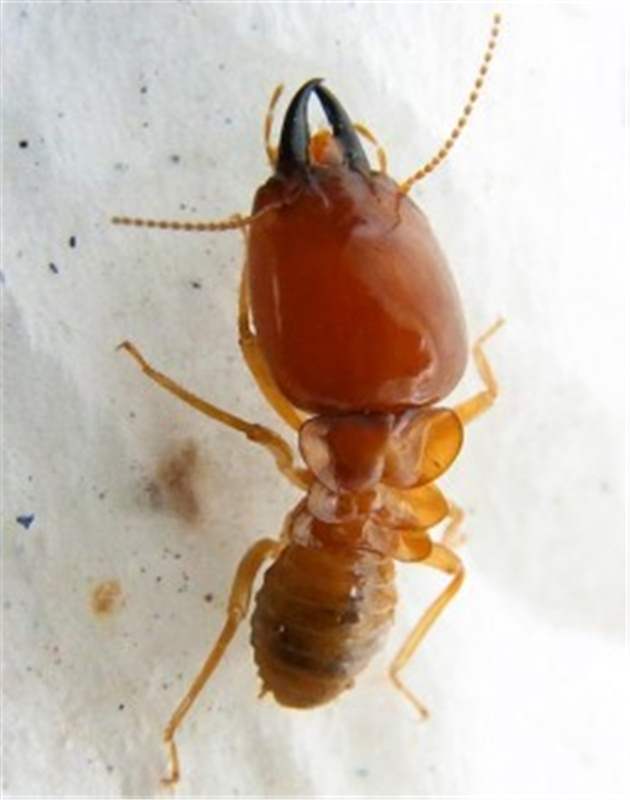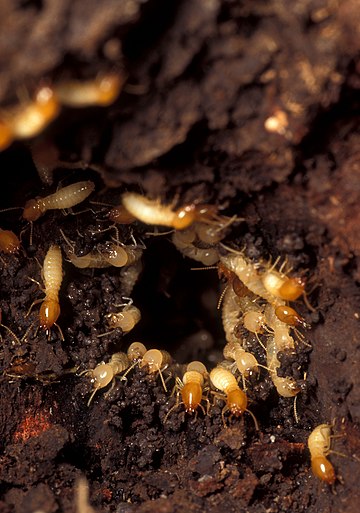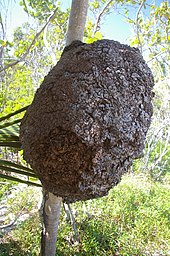termite life cycle wikipedia
Termites are social insects that form large colonies. Having discarded their wings the reproductives choose a suitable tree with an area of dead wood and create a chamber under the bark often entering through a beetle hole.

European Rhinoceros Beetle Beetle Insect Anatomy Beetle Art
Stages of Termite Life.

. The queen can lay thousands of eggs which eventually hatch into larvae. These colonies can contain some 60000 to 250000 members and feed on the cellulose found in wood or debris found in leaf litterThey build distinctive mud tubesto access food sources and protect themselves from open air. During swarming events male and female alates are produced from mature colonies.
Breakdown of termite life cycle Eggs. Life cycle of fungus-growing termites Winged alatesColony foundationFirst workersFirst workers create fungal combgrowth Termitomyces fungus on the comb Workers gut transfer dead plat material fungal spore other castes form eventuality Finally alate formation they again fly from the colony to form a new colony. A female termite can lay around 30000 eggs in one day.
The reproductive females or queens live the longest at around 25 or more years. The egg stage of the terllmite life cycle lasts for about 30 days. 1 The Egg Stage 1 After fertilization the female termite lays her eggs in a jelly-like liquid that holds the eggs together.
The life cycle of the termite begins with a mating flight wherein swarming winged reproductive males and females leave established colonies and procreate. Once theyre established the swarmers will shed their wings and become either the king or queen of their new colony. Termites are typically classified into three groups based on the location of the colony subterranean drywood and dampwood.
Although there are over 2000 different species of termites they all pretty much have the same life cycle 6 stage cycle. The egg of a termite is very small. Termites are major detrivores in the subtropical and tropical regions.
Termite eggs are small and white in colour and can be noticed through the naked eye. 1 single queen can lay up to 10 million eggs in her lifetime and she can found up to 20 different colonies in her lifetime. Depending on the size of the colony the queen can hatch between a few hundred and few thousand eggs per day.
Molting can change the worker into a pre-soldier and subsequently a soldier. Termite Life Cycle. The reproductive adults typically live anywhere from 1 year to 4 years or more.
The lifespan for an average worker and soldier is 10-14 months. A termite colony starts when winged termites called alates swarm and mate. The alate group engages in the swarming behavior.
After mating they fall to the ground and rip off their wings. Life cycle and reproduction. After fertilization winged termites land and shed their wings going on to form new colonies.
Stage 1 Termite Egg Like most insects termites begin at the egg stage. The life cycle of the termite begins with a mating flight wherein swarming winged reproductive males and females leave established colonies and procreate. It is used to control pests in buildings structural fumigation soil grain and produce and is also used during processing of goods to be imported or exported to prevent transfer of exotic organisms.
This lures the male swarmers and once they find an attractive female they shed their wings together. Flavipes are opportunistic and a newly hatched termite can develop into any of a number of castes. This is when large groups of the termite gather in a specific location to mate before going separate ways to establish colonies.
The beginning of a termites life is marked when the queen hatches eggs. One to two months later the queen lays the second batch of eggs. The termite eggs can also be described as translucent or light brown in color.
Termite eggs are small and white in colour and can be noticed through the naked eye. Female swarmers then release perfume like mating pheromone chemicals. The life cycle of termites starts when swarming winged reproductive males and females make a mating flight.
Life Cycle of Termite. The very first eggs laid by the queen termite are usually yellow in color no matter the termite species. The reproductives nurse the first group of young termites until the young termites reach third instar.
Within two to four weeks young termites hatch from the eggs. This is when large groups of the termite gather in a specific location to mate before going separate ways to establish colonies. A male and a female pair from such swarms drop their wings dealates and found a new colony to become king and queen.
The life cycle of the termite begins with a mating flight wherein swarming winged reproductive males and females leave established colonies and procreate. The life cycle of a termite starts with a fertilized egg. Every termite life cycle begins when the reproductive caste also known as alates or swarmers swarm in warm weather to begin new colonies.
The alate group swarms in late September through November in Southern California. The termites life cycle and length varies amongst species and cast. Most of the mounds are in.
Reticulitermes flavipes the eastern subterranean termite is the most common termite found in North America1 These termites are the most economically important wood destroying insects in the United States and are classified as pests1 They feed on cellulose material such as the structural wood in buildings wooden fixtures paper books and cotton. It is white and has an oval shape. After fertilization winged termites land and shed their wings going on to form new colonies.
Their recycling of wood and other plant matter is very important for ecology. Subterranean TermitesThis termite species lives in underground colonies or moist secluded areas aboveground. These insects then become the king or queen termites of their newly established colonies.
These eggs will eventually be nursed by termites from the first batch of eggs. Termites swarm in order to reproduce. These insects then become the king or queen termites of their newly established colonies.
The life cycle of a termite starts with a fertilized egg. The entire life cycle will be discussed in further detail below. A colony is made up of workers soldiers and swarmers.
Fumigation is a method of pest control that completely fills an area with gaseous pesticidesor fumigantsto suffocate or poison the pests within. At first it becomes a worker termite and is most likely to remain one for its entire lifespan. There are more than 2000 known termite species in the world with at least 50 species occurring in the US.
The female looks for a good place to start the colony and the male follows her. They leave the established colonies in large groups. The queen lays eggs which develop into larvae and then worker or soldiers.
A colony is usually founded by a winged male and female termite after a nuptial flight. What is the average termite lifespan.

Termites Reticulitermes Flavipes Eastern Subterranean Termite Ppt Download
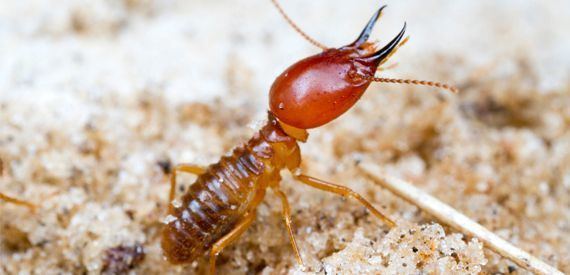
Termite Alchetron The Free Social Encyclopedia

Macrotermes Michaelseni Wikiwand
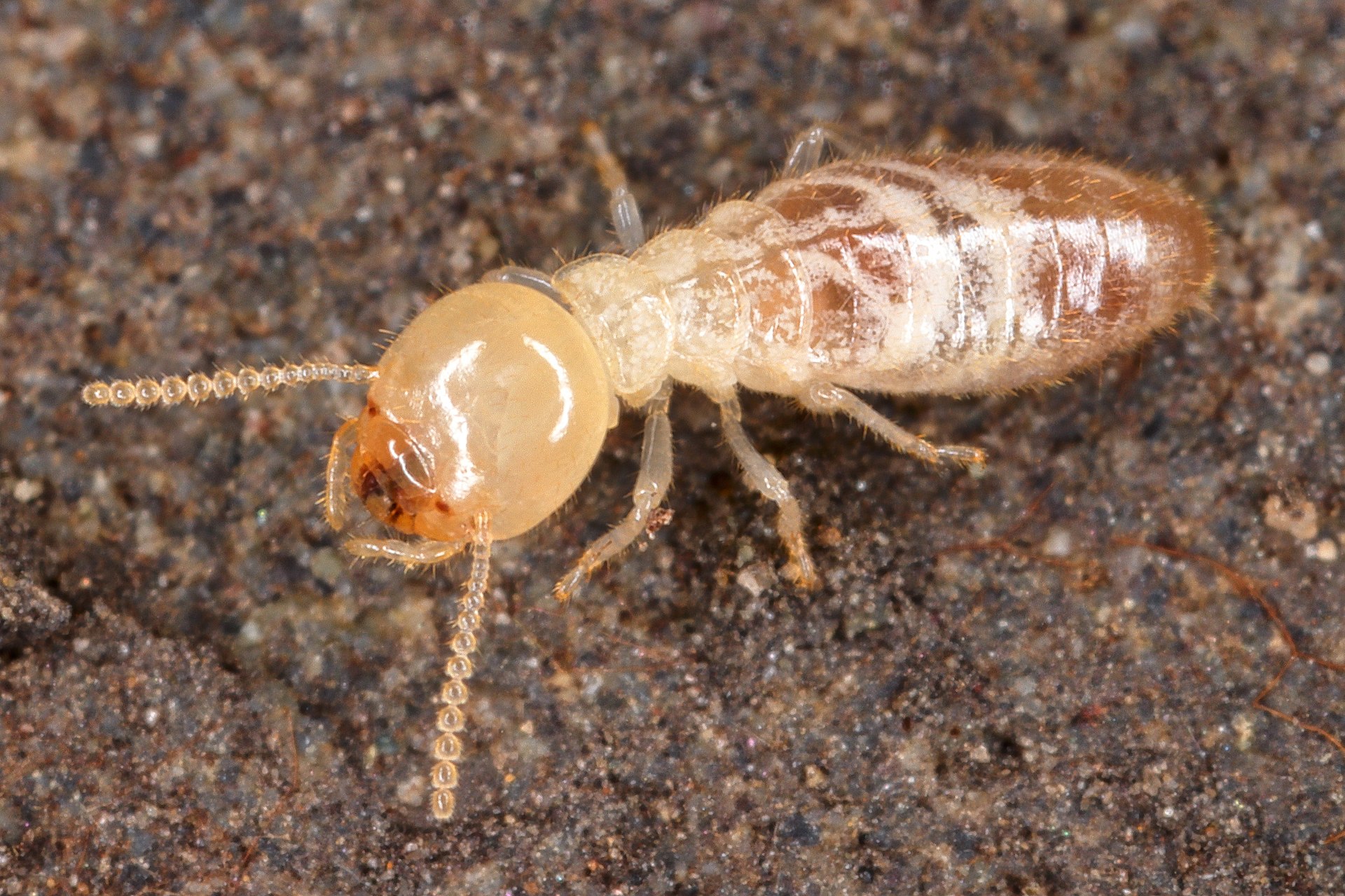
Termites Are At It Again Bullfrog Pest Control

Figure 1 2 From Termites And Sustainable Management Semantic Scholar
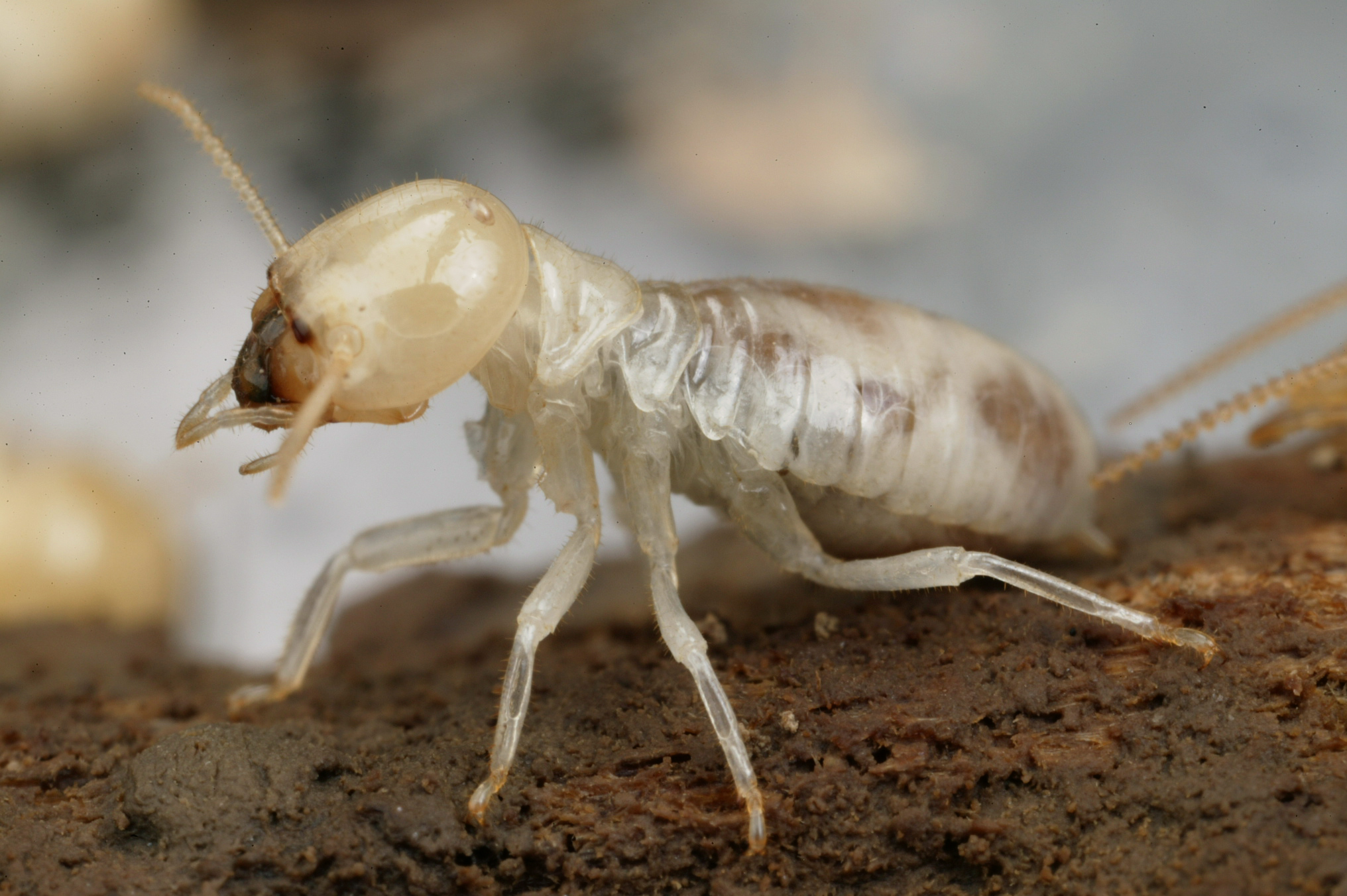
Termite Resistant Wood Teak Bali
Team Zju China Project Termite Issue 2015 Igem Org

File Soil Fauna Climatic Gradients And Soil Heterogeneity Jpg Wikipedia
Pest Control Services In Chennai Termite Control In Chennai Commercial Pest Control In Chennai Residential Pest Control In Chennai Anna Nagar Kilpauk Nungambakkam Velachery Medavakkam Corporate Pest Control

Termites Reticulitermes Flavipes Eastern Subterranean Termite Ppt Download

Reticulitermes Flavipes Wikiwand

